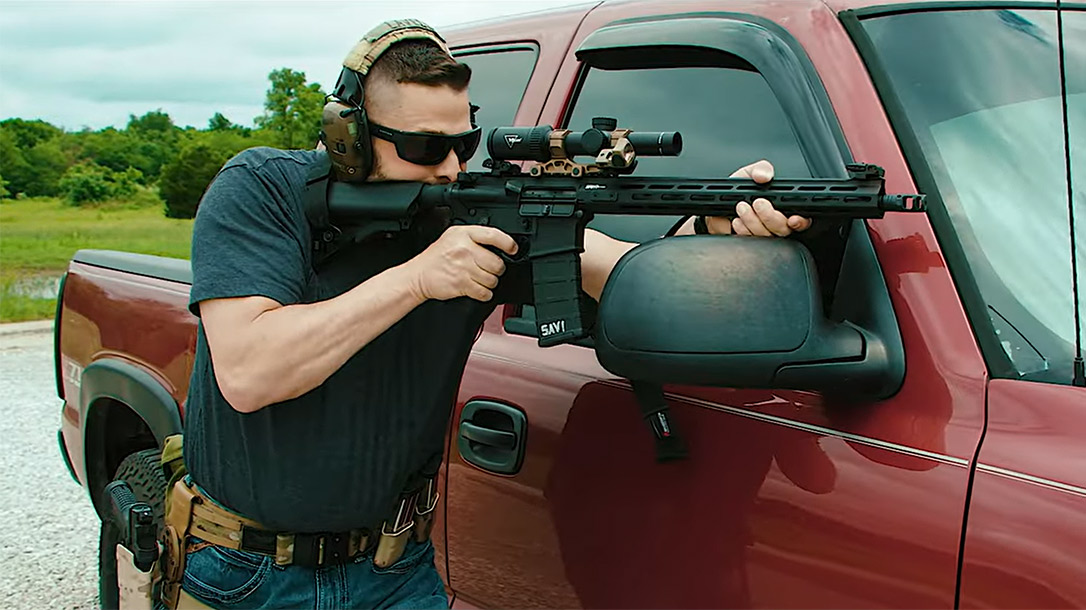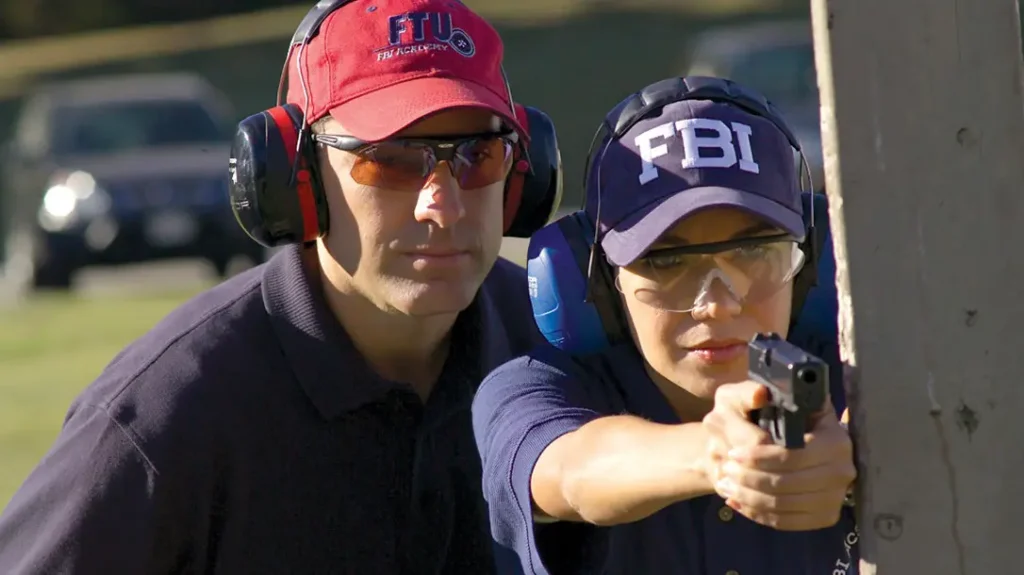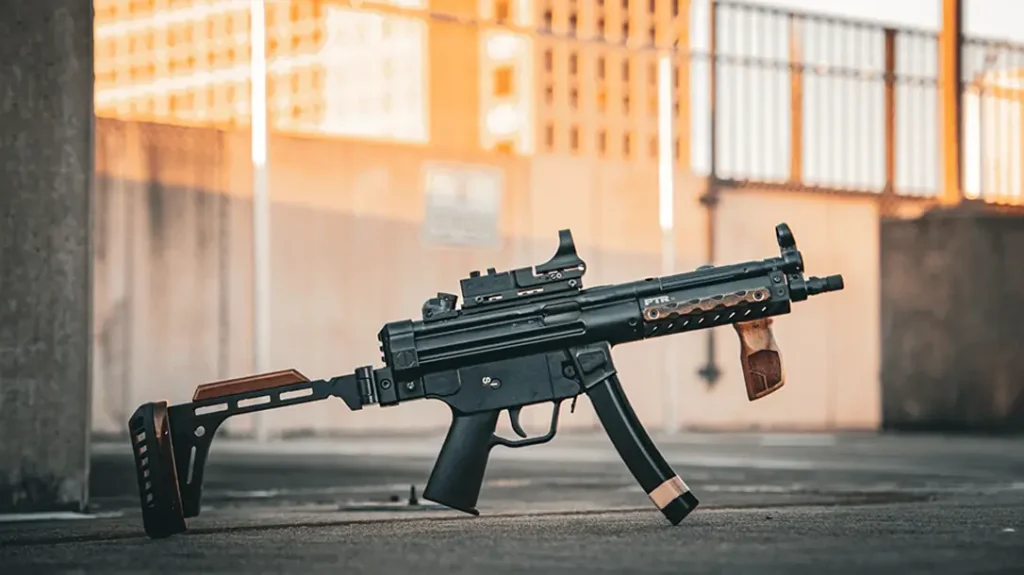As the old saying goes, proper planning prevents piss poor performance. Although the British Army coined the term in relation to military planning, it goes for anything in life. In this case, we are speaking specifically about a proper battle belt set up. In this video, Grant Lavelle discusses the best set up for efficient range drills.
Learn How to Set Up a Proper Battle Belt
Some clarification might be in order, for those who may be new to the concept of a battle belt. A battle belt is a sturdy outer belt that is designed to support your pistol, magazines and other accessories. When coupled with a sturdy inner belt, it comfortably carries a heavier loadout than a standard belt. They are built for combat and range drills and are not something you would use for a concealed carry option.
Advertisement — Continue Reading Below
As mentioned in the video, when discussing the set up of your battle belt, it is particularly referring to the magazine pouches. You want to stage your magazines so you can feed your gun efficiently. Because Grant works more with his pistol, he stages his three pistol magazines first, followed by a single AR magazine. He places the AR mag pouch farther back, because it carries more rounds and will take longer to expend. Thus, requiring less reloading.
According to Grant, “I stage my pistol mag so that when I retrieve my magazine with my support hand, I am getting the magazine facing rounds forward. So that, when I come up and draw, it’s going to funnel itself into the mag well correctly. I don’t want it staged in different directions.”
However, for the AR mag, he points the rounds backwards so that they are oriented forward when he draws it. As a result, on the draw, it is already properly oriented to the mag well on his AR.
Advertisement — Continue Reading Below
Holster Placement
What holster to choose and its placement will typically come down to the user. According to Grant, not everyone has the same level of shoulder mobility. So, he likes to keep his holster directly under his shooting arm. He does not like it to the front or behind, because he doesn’t have the best working shoulders anymore. Also, this allows him to clamp down on it for firearm retention in the event of a tussle.
Regarding keeping it in the front, he says, “In front of the hip I run into a lot of problems when I’m working my leg up and down—either running or squatting—interfering with the holster.”
Filling the Additional Space
The space on the back of the belt can be utilized for more mission specific accessories. In this case, since Grant has his set up for the range and training, he opts for a dump pouch. The dump pouch allows him to pick up his expended magazines and keep everything together. This would also be a good option for reloaders, who like to police up their spent shell casings.
Advertisement — Continue Reading Below
Although it is a good idea for both training and combat, Grant’s final piece of gear is a medical kit. According to Grant, “The med kit, however, is super important. And I like to have it where my dominant hand can retrieve it. Of course, this isn’t the only med kit within reach any time I go to the range. I also wear an ankle med kit, I have a stand-alone, blow out kit bag that I take to the range with me, every time—it’s close by. But on my battle belt I’ve also got pressure bandages, Israeli bandages, tourniquets, blood stop, everything. And I generally will have that within reach of my dominant shooting hand, so that I can retrieve that fairly easy.”
Check out TheArmoryLife.com for more from Grant on setting up your battle belt.























